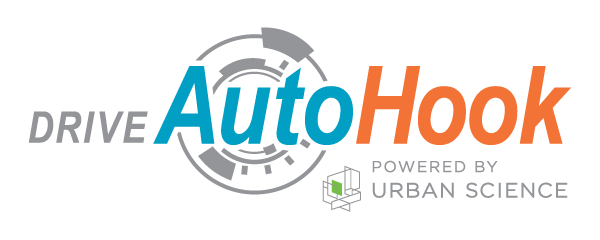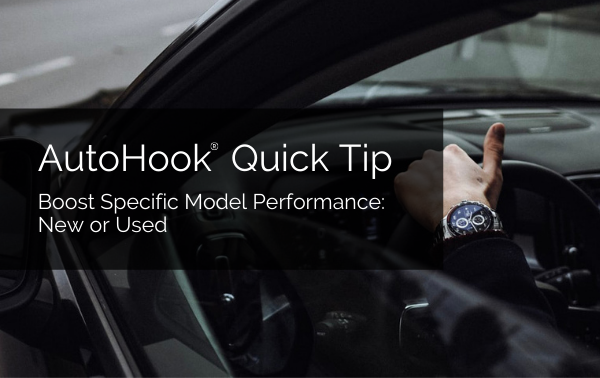According to Dataium's most recent benchmark study, the average number of monthly unique visitors to a dealership's website is 6,509. Of those, an average 1.7 percent submit a lead form. Combine that with an average half percent conversion rate for chat, along with phone calls and walk-ins (which are harder to track), and the average website conversion rate for most dealerships falls in the two to four percent range. Yet, there are dealerships that are converting upwards of eight percent on a regular basis. That's DOUBLE the average.
Why the big disparity?
Dealers spend a lot of money on SEO/SEM, and the reason why is clear: more visitors = more leads. Yet SEO/SEM is just one part of the equation. An equally important factor in the equation is conversion rate optimization (CRO). For some reason, many dealers spend a tiny fraction of their SEO/SEM spend on CRO. Maybe because they believe CRO is the sole responsibility of their website provider, and there's not much they can do about it.
This mistaken belief could be costing your dealership thousands of dollars every month. It is true that your website vendor can do a lot to increase conversion rates. It is also true that your dealership can do a lot to increase conversion rates. Dealerships with conversion rates higher than six percent aren't doing it by accident. They have taken ownership of their CRO. As a result, they are outperforming their competitors. How do they do this? Instead of playing the same old game, the progressive dealerships CHANGE THE GAME.
Who is responsible for what?
You can say that your website provider is responsible for the design and technical elements of conversion but ultimately you are in control of your own destiny.
Shake things up on your site including:
· Change the design elements on the website; i.e. colors, ease of
navigation, headlines and font options
· Change the design and usability of inventory pages
· Change the conversion tool design and placement; i.e. chat forms, email submission forms, phone numbers
· Change the call to action button design and placement
· Optimize your site and all the above design elements for mobile devices
Your dealership is responsible for the majority of the messaging that is proven to convert, including:
· Brand messaging
· Creating a value proposition and unique differentiator; i.e. why buy from you?
· Social proof: customer testimonials and reputation/review management
· Messaging that earns and builds your customers' trust and loyalty
· Providing website vendors with awesome images, videos and inventory descriptions
· Giving your customers a reason to stay on your website; i.e. a blog with
educational and entertaining articles that help customers in their purchase process
· Really change the game by giving your customers an incentive to come in and take a test drive
Steps your dealership can take right now to increase conversion rates:
1) Set your bar higher. Since when is it okay to be average? If your website conversion rate is in the "average" range of two to four percent, set a new goal. Aim to double that conversion rate to four or eight percent, or to double the amount of leads you get, in six months to a year. Announce the goal and try to get buy-in for the support you will need to get there. Then go after the goal with tenacity.
2) Expect more from your website provider. Tell your website provider your goal is to double your conversion rate and ask them for suggestions. After all, they may think you're happy with average conversion rates. Ask them to try A/B testing on different conversion elements such as your email submission forms, call to action buttons, headline styles and more.
3) Take ownership of your content. Sure, most website providers will write copy for your website, social media platforms and even your blog. But they don't know your business like you do. People buy from businesses they like and trust. Does your website and social messaging give customers a reason to like and trust you? Or does it look like many other cookie-cutter dealership websites? Before increasing the spend on your next SEM campaign, take a look at your website CRO. Is your dealership doing its part? Is your website provide doing theirs? Ultimately, the dealer is responsible for tracking and managing the CRO responsibilities of both parties. So set a new goal, aim high and you never know; this time next year your website conversion rate could be double what it is now.

















